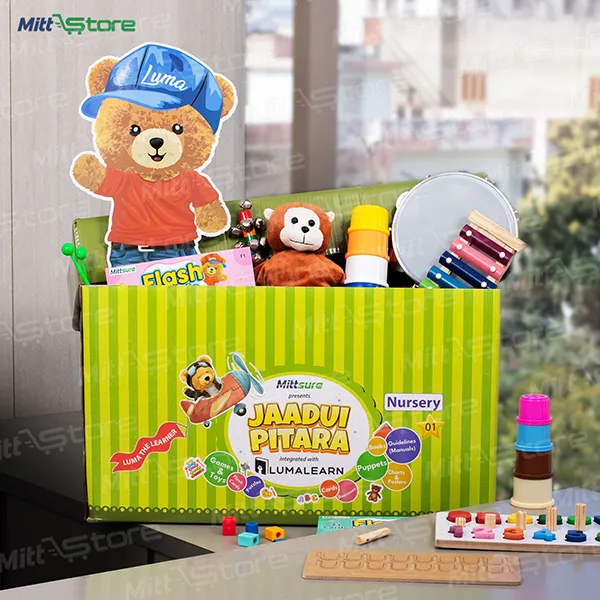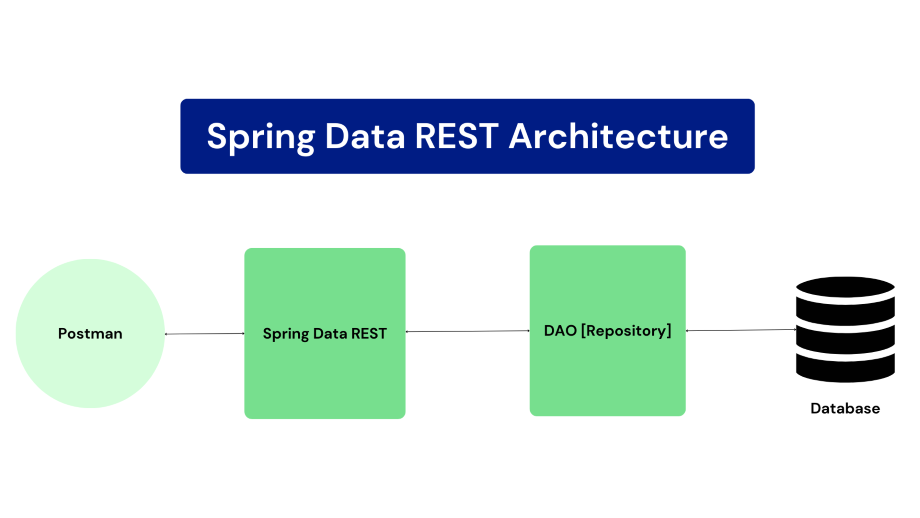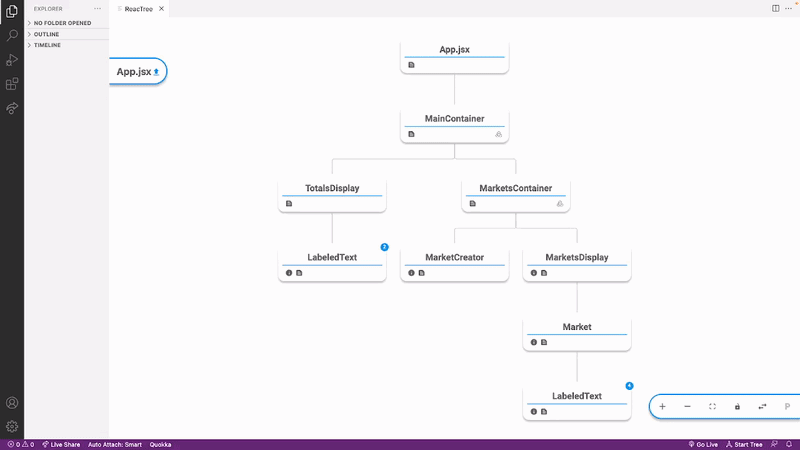The Evolution of Data Fetching in React: An Introduction to Relay
In the dynamic world of modern web development, managing data is one of the most critical challenges. For React developers, the journey from simple prop drilling to sophisticated state management libraries has been a constant evolution. While REST APIs have been the workhorse for decades, they often lead to issues like over-fetching or under-fetching data, resulting in inefficient network usage and complex client-side logic. This is where GraphQL enters the picture, offering a more precise and flexible way for clients to request exactly the data they need. Within the GraphQL ecosystem, several clients have emerged, but few are as powerful and opinionated as Relay.
Developed and used extensively by Meta, Relay is a production-ready GraphQL client for React that is built with performance and scalability at its core. Unlike more flexible clients like Apollo Client or lightweight alternatives like urql, Relay enforces a set of conventions that, while having a steeper learning curve, unlock significant performance benefits and long-term maintainability. This article serves as a comprehensive guide to the latest in Relay News, exploring its core principles, practical implementation, advanced patterns, and how it fits into the modern React ecosystem, which includes tools from Next.js News to React Native News. We will dive deep into how Relay’s compiler-first approach, declarative data fetching, and fragment co-location make it a formidable choice for complex, data-driven applications.
Understanding the Core Pillars of Relay
To truly appreciate Relay, one must first understand its foundational concepts. These principles are what set it apart from other data-fetching libraries and are the source of its power. Relay isn’t just a library; it’s a framework for structuring your application’s data layer.
The Relay Compiler: Your Ahead-of-Time Optimizer
The single most important differentiator for Relay is its compiler. Before your application ever runs, the Relay compiler statically analyzes all the GraphQL queries and fragments in your codebase. It validates them against your GraphQL schema, optimizes them by restructuring and combining queries, and generates artifacts. These artifacts include pre-compiled query documents and, crucially, TypeScript types for your data. This build-time step catches errors early, ensures end-to-end type safety, and performs optimizations that are simply not possible with a purely runtime-based client. This proactive approach is a significant piece of Relay News for developers seeking robust, error-resistant applications.
Fragments and Co-location: Data Dependencies Where They Belong
Relay champions the concept of co-locating a component’s data requirements with its code. This is achieved through GraphQL fragments. Instead of a parent component fetching a massive blob of data and passing it down, each component defines a fragment specifying exactly the data fields it needs to render. The parent component then composes these fragments into its own query. This creates a modular and maintainable system where components are self-contained and reusable. It also enables “data masking,” meaning a component can only access the data defined in its own fragment, preventing implicit dependencies and making refactoring safer.
import React from 'react';
import { graphql, useFragment } from 'react-relay';
// Define the data requirements for the UserProfile component
const userProfileFragment = graphql`
fragment UserProfile_user on User {
id
name
profilePicture(width: 100, height: 100) {
url
}
}
`;
function UserProfile(props) {
// Use the fragment to get the exact data needed
const data = useFragment(userProfileFragment, props.user);
return (
<div>
<h1>{data.name}</h1>
<img src={data.profilePicture.url} alt={data.name} />
</div>
);
}
export default UserProfile;The Relay Store: A Normalized Cache
Under the hood, Relay maintains a normalized, in-memory cache of all the data fetched from your GraphQL server. When data is received, Relay breaks it down into individual records, identified by a global unique ID. This normalization ensures data consistency across your application. If a piece of data (e.g., a user’s name) is updated in one place, every component displaying that data will automatically re-render with the new value without requiring a manual refetch. This powerful caching mechanism is a key reason why Relay applications feel so fast and responsive.
Practical Implementation: Getting Started with Relay
Integrating Relay into a project involves a few setup steps, but once the foundation is laid, the developer experience becomes incredibly smooth. Let’s walk through the essential setup for a modern React application, perhaps one built with a framework like what’s new in Vite News or Next.js News.

Environment and Compiler Configuration
First, you’ll need to install the necessary dependencies: react-relay for the hooks and components, and relay-compiler and babel-plugin-relay as dev dependencies. Next, you configure the compiler via a `relay.config.js` file. This file tells the compiler where to find your GraphQL schema and your source code files.
// relay.config.js
module.exports = {
// The source files where your `graphql` tags are located.
src: './src',
// The GraphQL schema file.
schema: './data/schema.graphql',
// The language for the generated artifacts.
language: 'typescript',
// Specify a directory for generated files.
artifactDirectory: './src/__generated__',
};Setting Up the Relay Environment
The Relay Environment is the heart of the client-side setup. It encapsulates the network layer (how to send requests to your GraphQL server) and the store (the cache). You create a single instance of the environment and provide it to your application using `RelayEnvironmentProvider` at the root of your component tree.
import {
Environment,
Network,
RecordSource,
Store,
} from 'relay-runtime';
// Define a function that fetches the results of an operation (query/mutation/etc)
async function fetchRelay(params, variables) {
const response = await fetch('http://localhost:4000/graphql', {
method: 'POST',
headers: {
'Content-Type': 'application/json',
},
body: JSON.stringify({
query: params.text,
variables,
}),
});
return await response.json();
}
// Create a Relay Environment instance
export const RelayEnvironment = new Environment({
network: Network.create(fetchRelay),
store: new Store(new RecordSource()),
});Fetching Data with `useLazyLoadQuery`
Once the environment is set up, you can start fetching data. The primary hook for fetching data for a view or page is `useLazyLoadQuery`. This hook integrates seamlessly with React Suspense to handle loading states declaratively. You pass it a query and variables, and it returns the query results. While the data is being fetched, the component will suspend, allowing a `<Suspense fallback={…}>` boundary to render a loading indicator.
This declarative approach to loading states is a huge win for developer experience and is a central theme in recent React News, aligning perfectly with the direction of the core library.
Advanced Relay Techniques and Patterns
Relay’s capabilities extend far beyond simple data fetching. It provides powerful abstractions for common, yet complex, UI patterns like mutations, pagination, and real-time updates.
Data Modification with `useMutation`
For creating, updating, or deleting data, Relay provides the `useMutation` hook. This hook returns a function to trigger the mutation and a boolean indicating if it’s currently in flight. A key feature of Relay mutations is the ability to provide an “optimistic response.” This allows you to update the local Relay store with the expected result of the mutation *before* the server responds. The UI updates instantly, feeling incredibly fast to the user. If the server returns an error, Relay automatically rolls back the optimistic update.
import { graphql, useMutation } from 'react-relay';
const AddTodoMutation = graphql`
mutation AddTodoComponentMutation($input: AddTodoInput!) {
addTodo(input: $input) {
todoEdge {
node {
id
text
complete
}
}
}
}
`;
function AddTodoComponent() {
const [commitMutation, isMutationInFlight] = useMutation(AddTodoMutation);
const handleAddTodo = (text) => {
const variables = {
input: {
text,
userId: 'me',
},
};
commitMutation({
variables,
optimisticResponse: {
addTodo: {
todoEdge: {
node: {
id: `client:newTodo:${Date.now()}`, // Temporary ID
text: text,
complete: false,
},
},
},
},
// You can also define updater functions to manually update the store
});
};
// ... component render logic
}Efficient Pagination with `@connection`
Handling lists of data is a common requirement, and Relay has first-class support for cursor-based pagination. By annotating a field in your fragment with the `@connection` directive, you tell Relay that this is a paginated list. You can then use the `usePaginationFragment` hook, which provides functions like `loadNext`, `loadPrevious`, and `hasNext` to easily build infinite scroll or “load more” UIs. Relay handles the complex logic of merging new pages of data into the existing list in the store, making a notoriously difficult feature straightforward to implement.

Real-time Updates with Subscriptions
For applications requiring real-time data, such as chat apps or live dashboards, Relay supports GraphQL Subscriptions. The `useSubscription` hook allows a component to subscribe to a stream of events from the server. When a new event is received, you can use an `updater` function to update the Relay store accordingly, ensuring the UI reflects the latest state in real-time.
Best Practices and Performance Optimization
To get the most out of Relay, it’s important to follow its established best practices and leverage its performance-oriented design.
Trust the Compiler and Compose Fragments
Embrace the compiler-first approach. Write small, focused fragments for each component and compose them up the tree. Avoid writing monolithic queries for entire pages. This not only improves maintainability but also allows the Relay compiler to perform its optimizations more effectively, such as query batching and dead code elimination from your GraphQL operations.
Leverage React Suspense for UI/UX
Design your application with Suspense in mind. Use `<Suspense>` boundaries to create meaningful loading states. This prevents jarring “popcorn” effects where different parts of the UI load at different times. Paired with Relay’s data fetching, this creates a smooth, cohesive user experience. This pattern is becoming standard across the ecosystem, with frameworks in the Remix News and Gatsby News circles also adopting similar data-loading philosophies.

Embrace Full Type Safety
Configure the Relay compiler to generate TypeScript types. This provides auto-completion and compile-time checks for your component’s props and the data you receive from your queries. This end-to-end type safety, from the database schema all the way to your UI components, drastically reduces runtime errors and makes your codebase more robust and easier to refactor.
Testing Your Components
When testing components that use Relay, you don’t need to mock `fetch` requests. Instead, you can use the `relay-test-utils` package to create a mock Relay Environment. This allows you to directly control the data returned for specific queries, making your tests fast, deterministic, and easy to write. This approach works seamlessly with modern testing tools discussed in React Testing Library News and Jest News.
Conclusion: Why Relay Remains a Top Contender
In a crowded field of data-fetching and state management solutions like React Query News and Zustand News, Relay carves out a unique and powerful niche. Its opinionated, compiler-driven architecture is specifically designed to solve the challenges of building large-scale, data-intensive applications with confidence. By enforcing best practices like fragment co-location and providing powerful, out-of-the-box solutions for pagination and mutations, Relay allows development teams to move faster and build more performant products.
While the initial setup can be more involved than other libraries, the long-term benefits in terms of performance, type safety, and maintainability are undeniable. For any team serious about building a scalable React or React Native application on top of GraphQL, keeping up with the latest Relay News and considering it as a foundational piece of the tech stack is a wise investment. It represents a mature, battle-tested approach to declarative data fetching that continues to power some of the world’s largest web applications.











